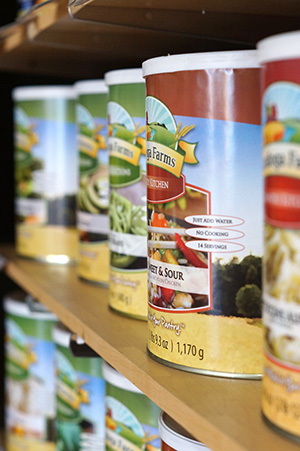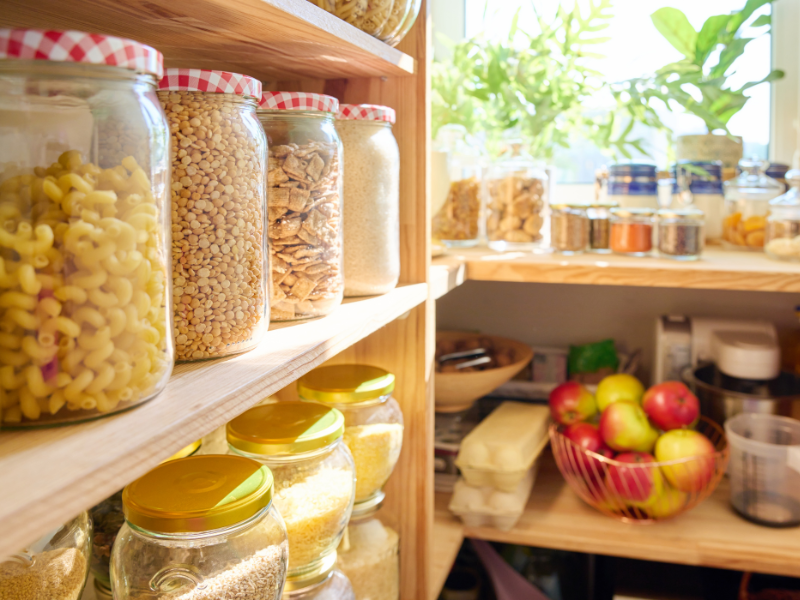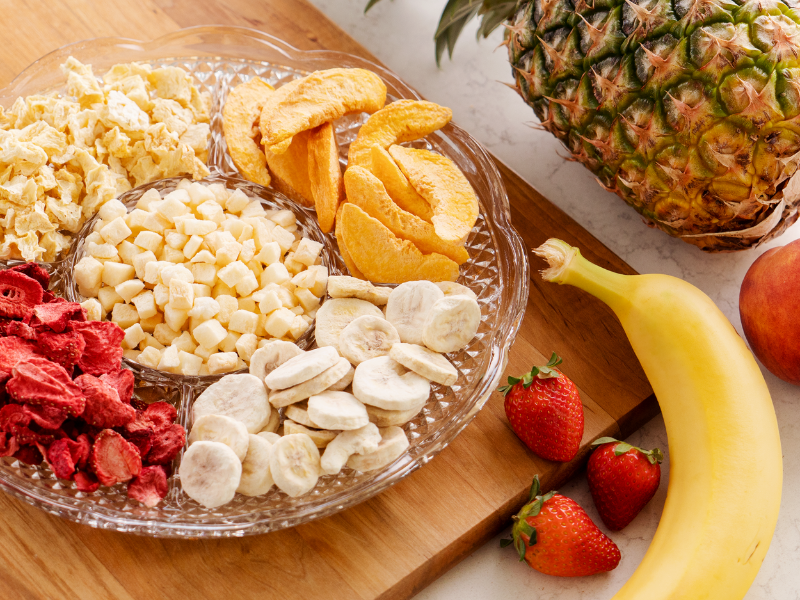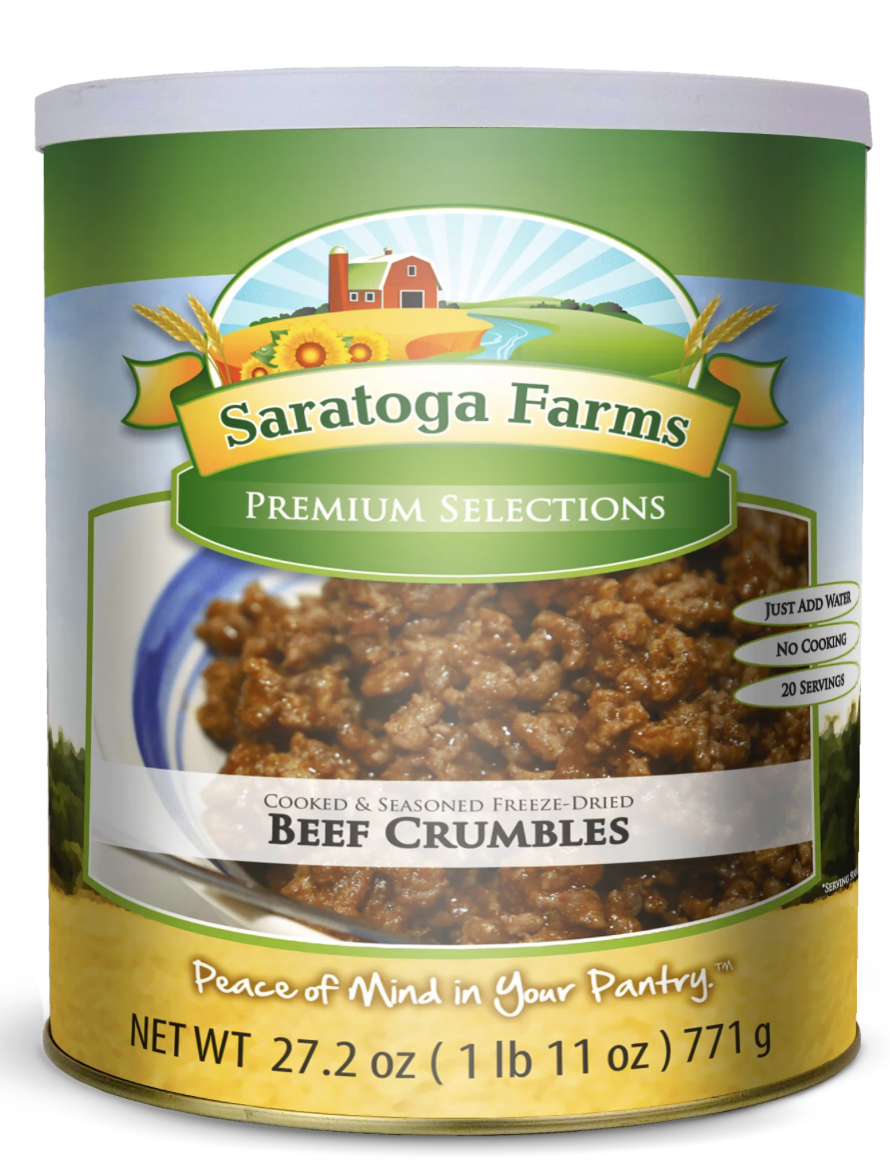Food storage is crucial, but where do you start? Questions like, “How do I begin? How much do I need?” often arise. Starting can feel overwhelming, but this guide will make it simple by breaking it into manageable steps.

Food Storage Baby Steps
Start small! Gradually build your storage by adding a few extra items to your grocery cart. Focus on essentials like grains, legumes, and fats. Over time, work toward a year’s supply to spread the cost and effort. Here’s what you need for one person for a year:
Grains
| Type | Amount |
|---|---|
| Wheat | 150 lbs |
| Flour | 25 lbs |
| Rice | 50 lbs |
| Pasta | 25 lbs |
| Total | 300 lbs |
Grains are a versatile and nutritious foundation for meals. Use them in bread, pasta, or rice-based dishes.
Fats & Oils
| Type | Amount |
|---|---|
| Vegetable Oil | 2 gallons |
| Peanut Butter | 4 lbs |
| Total | 13 lbs |
Fats are calorie-dense and essential in emergencies but require rotation to maintain freshness.















